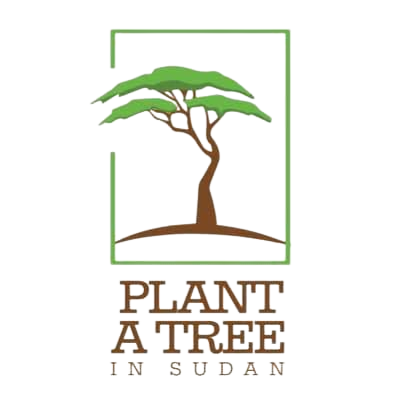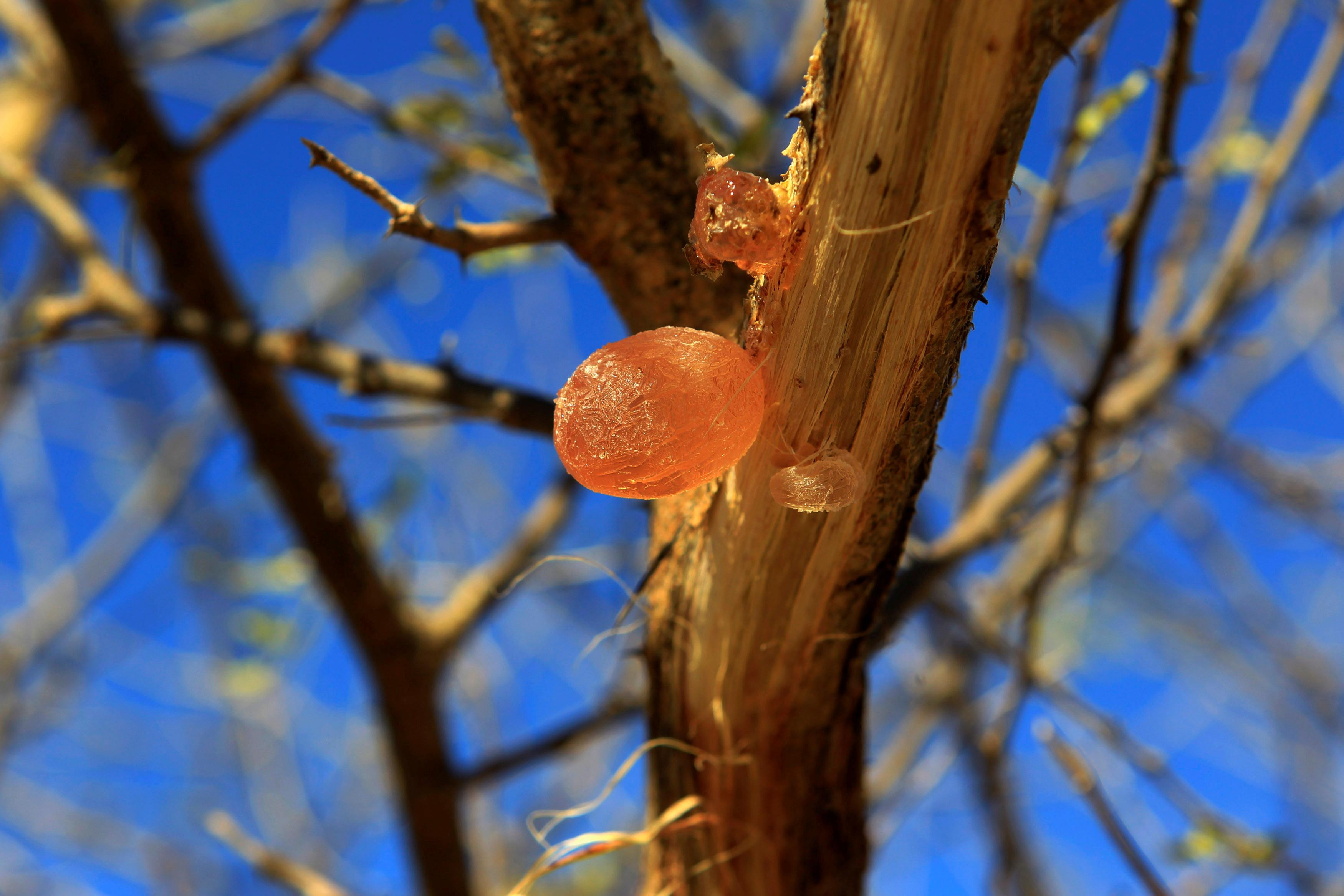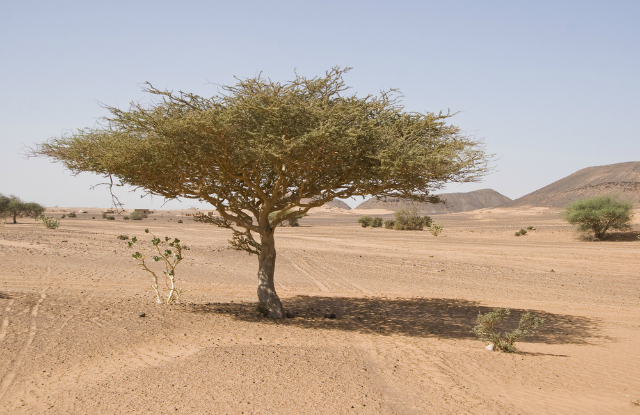Sudan is the most important of the gum arabic producing countries, with 80% of the market. The Sudanese farmer grows millet for five years on his field and then plants gum trees. These help to refertilize the land as the gum tree is leguminous and fixes atmospheric nitrogen in the soil. This fallow period lasts about 15 years during which the farmer gets a profit from his land by harvesting the gum, and at the same time puts fertility back into his soil. At the end of the period when the trees are no longer productive, millet can be grown again for five or six years. A further advantage of this system is that gum can be collected during the dry season when other agricultural activity is minimal.
Gum Arabic (Acacia)
Gum arabic, also known as acacia gum, arabic gum, gum acacia, acacia, Senegal gum and Indian gum, and by other names, is a natural gum consisting of the hardened sap of various species of the acacia tree. Gum arabic is collected from acacia species, predominantly Acacia senegal and Vachellia (Acacia) seyal. The term “gum arabic” does not indicate a particular botanical source. In a few cases so‐called “gum arabic” may not even have been collected from Acacia species, but may originate from Combretum, Albizia or some other genus. The gum is harvested commercially from wild trees, mostly in Sudan (80%) and throughout the Sahel, from Senegal to Somalia—though it is historically cultivated in Arabia and West Asia.
Gum arabic is a complex mixture of glycoproteins and polysaccharides predominantly consisting of arabinose and galactose. It is soluble in water, edible, and used primarily in the food industry as a stabilizer, with EU E number E414. Gum arabic is a key ingredient in traditional lithography and is used in printing, paint production, glue, cosmetics and various industrial applications, including viscosity control in inks and in textile industries, though less expensive materials compete with it for many of these roles.
While gum arabic is now produced throughout the African Sahel, it is still harvested and used in the Middle East.



